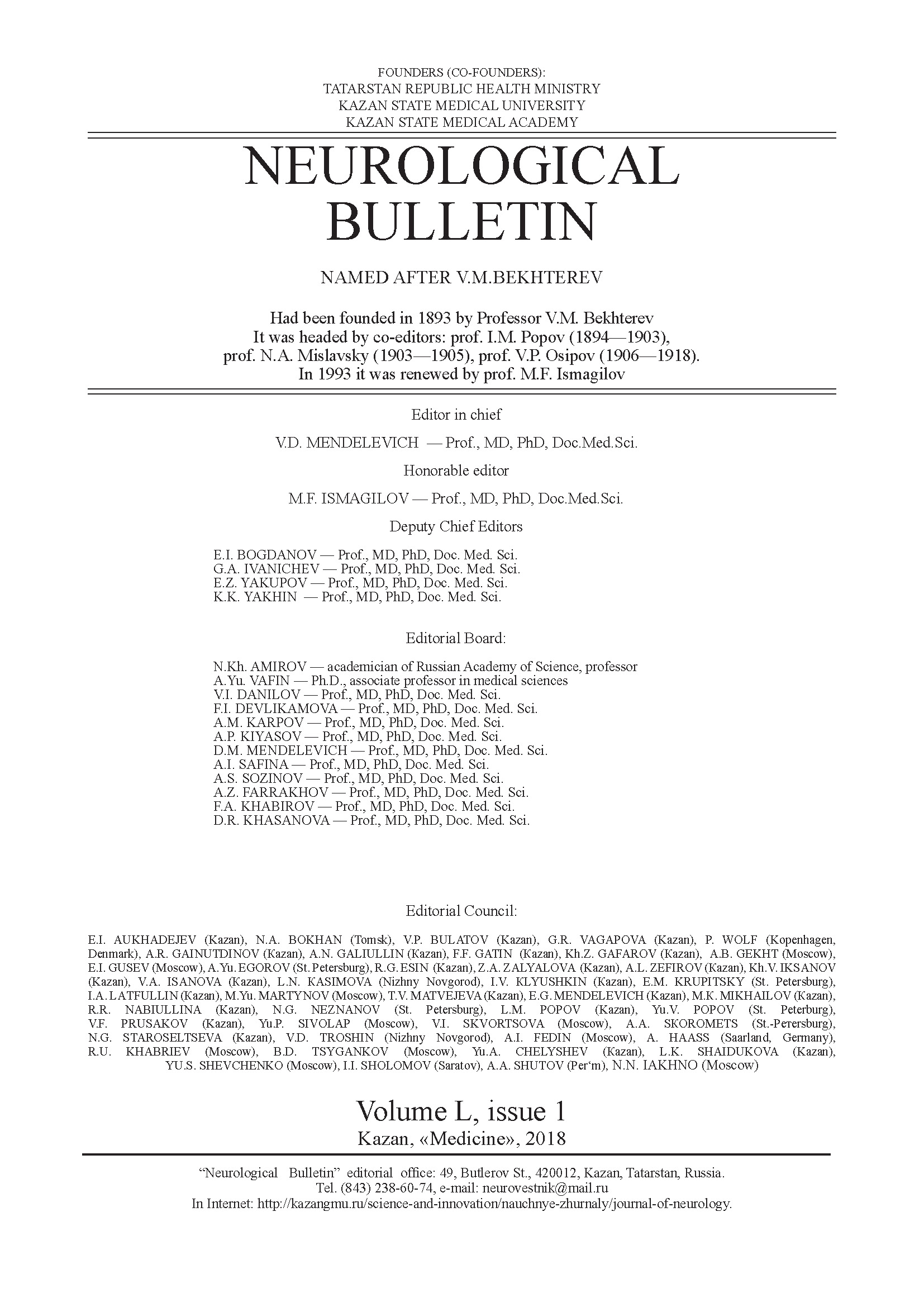New psychoactive substances: kratom, DMT, serotonergic hallucinogens, dissociative drugs. The mechanism of action, psychoactive effects
- Authors: Antsyborov A.V.1
-
Affiliations:
- Medical Center «Alpha Health Center»
- Issue: Vol L, No 1 (2018)
- Pages: 37-43
- Section: Reviews
- Submitted: 23.12.2022
- Accepted: 23.12.2022
- Published: 10.05.2023
- URL: https://journals.eco-vector.com/1027-4898/article/view/119895
- DOI: https://doi.org/10.17816/nb119895
- ID: 119895
Cite item
Abstract
Through the times of human culture there was a desire of using various chemical compounds, obtained from both natural plant material and artificially synthesized, for recreational purposes. These substances can cause changes in the mental state, influence the human behavior, change social activity. The review is devoted to NPS, which have only been thoroughly studied in recent years. These substances include: mitragynine (Kratom), dimethyltryptamine, a new generation of serotonergic hallucinogens, ketamine, and other dissociative substances.
Keywords
Full Text
About the authors
Andrey V. Antsyborov
Medical Center «Alpha Health Center»
Author for correspondence.
Email: andrei.v.ancyborov@gmail.com
Russian Federation, Rostov-on-Don, Socialistic str., 154 «a»
References
- Головко А.И. и др. Токсикологическая характе-ристика дизайнерских наркотиков // Клиническая медицина: Терапия. Клиническая токсикология. 2015. Т. 16. С. 26‒57.
- Менделевич В.Д. Психотические расстройства в результате употребления наркотиков: современное состояние проблемы // Наркология. 2014. №. 7. С. 93‒100.
- Bokor G., Anderson P.D. Ketamine: an update on its abuse // Journal of pharmacy practice. 2014. Vol. 27 (6). P. 582‒586.
- Carbonaro T.M., Gatch M.B. Neuropharmacology of N, N-dimethyltryptamine // Brain research bulletin. 2016. Vol. 126. P. 74‒88.
- Fantegrossi W. E., Murnane K. S., Reissig C. J. The behavioral pharmacology of hallucinogens // Biochemical pharmacology. 2008. Vol. 75 (1). P. 17‒33.
- Frecska E., Bokor P., Winkelman M. The therapeutic potentials of ayahuasca: possible effects against various diseases of civilization // Frontiers in pharmacology. 2016. Vol. 7.
- Halberstadt A.L. Pharmacology and toxicology of N-benzylphenethylamine (“NBOMe”) hallucinogens // Neuropharmacology of New Psychoactive Substances (NPS). Springer, Cham, 2017. P. 283‒311.
- Halberstadt A.L., Geyer M.A. Multiple receptors contribute to the behavioral effects of indoleamine hallucinogens // Neuropharmacology. 2011. Vol. 61 (3). P. 364‒381.
- Halberstadt A.L., Nichols D.E. 7-Serotonin and Serotonin Receptors in Hallucinogen Action // Handbook of Behavioral Neuroscience. 2010. Vol. 21. P. 621‒636.
- Hollister L.E. Effects of hallucinogens in humans // Hallucinogens: Neurochemical, behavioral, and clinical perspectives. 1984. P. 19‒33.
- Jay M. High society: The central role of mind-altering drugs in history, science, and culture. Simon and Schuster, 2010.
- Lawn W. et al. The NBOMe hallucinogenic drug series: patterns of use, characteristics of users and self-reported effects in a large international sample // Journal of Psychopharmacology. 2014. Vol. 28 (8). P. 780‒788.
- Litjens R.P.W. et al. Hallucinogen persisting perception disorder and the serotonergic system: a comprehensive review including new MDMA-related clinical cases // European Neuropsychopharmacology. 2014. Vol. 24 (8). P. 1309‒1323.
- Liu Y. et al. Ketamine abuse potential and use disorder // Brain research bulletin. 2016. Vol. 126. P. 68‒73.
- Logan B.K. et al. Reports of Adverse Events Associated with Use of Novel Psychoactive Substances, 2013–2016: A Review // Journal of Analytical Toxicology. 2017. P. 1‒38.
- Mason K. et al. Ketamine-associated lower urinary tract destruction: a new radiological challenge // Clinical radiology. 2010. Vol. 65 (10). P. 795‒800.
- Morris H., Wallach J. From PCP to MXE: a comprehensive review of the non-medical use of dissociative drugs // Drug testing and analysis. 2014. Vol. 6 (7-8). P. 614‒632.
- Nichols D. E. Psychedelics // Pharmacological reviews. 2016. Vol. 68 (2). P. 264‒355.
- Ott J. Pharmahuasca: human pharmacology of oral DMT plus harmine // Journal of Psychoactive Drugs. 1999. Vol. 31 (2). P. 171‒177.
- Powers III A.R. et al. Ketamine-induced hallucina-tions // Psychopathology. 2015. Vol. 48 (6). P. 376‒385.
- Prozialeck W.C. Update on the pharmacology and legal status of kratom // J Am Osteopath Assoc. 2016. Vol. 116 (12). P. 802‒809.
- Schifano F. et al. Novel psychoactive substances: the pharmacology of stimulants and hallucinogens // Expert review of clinical pharmacology. 2016. Vol. 9 (7). P. 943‒954.
- Shamima A.R. et al. Antinociceptive action of isolated mitragynine from Mitragyna speciosa through activation of opioid receptor system // International journal of molecular sciences. 2012. Vol. 13 (9). P. 11427‒11442.
- Shulgin A., Phenethylamines I. have known and loved (PiHKAL): a chemical love story. Berkeley, 1991.
- Simmler L.D. et al. Pharmacological profiles of aminoindanes, piperazines, and pipradrol derivatives // Biochemical pharmacology. 2014. V. 88 (2). P. 237–244.
- Srisuma S., Bronstein A.C., Hoyte C.O. NBOMe and 2C substitute phenylethylamine exposures reported to the National Poison Data System // Clinical toxicology. 2015. Vol. 53 (7). P. 624‒628.
- Suhaimi F.W. et al. Neurobiology of Kratom and its main alkaloid mitragynine // Brain research bulletin. 2016. Vol. 126. P. 29‒40.
- Szabo A., Frecska E. Dimethyltryptamine (DMT): a biochemical Swiss Army knife in neuroinflammation and neuroprotection? // Neural regeneration research. 2016. Vol. 11 (3). P. 396.
- Wadley G. How psychoactive drugs shape human culture: A multi-disciplinary perspective // Brain research bulletin. 2016. Vol. 126. P. 138‒151.
- Yusoff N.H.M. et al. Abuse potential and adverse cognitive effects of mitragynine (kratom) // Addiction biology. 2016. Vol. 21 (1). P. 98‒110.
- Zawilska J.B., Andrzejczak D. Next generation of novel psychoactive substances on the horizon–A complex problem to face // Drug and Alcohol Dependence. 2015. Vol. 157. P. 1‒17.
Supplementary files






